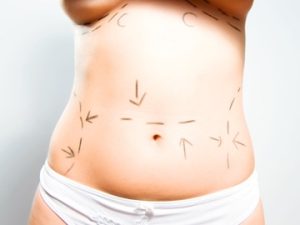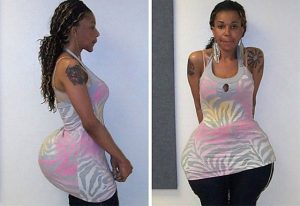 Plastic and Reconstructive Surgery Atlanta
Plastic and Reconstructive Surgery Atlanta
Dr. Paul McCluskey, the founder of the Plastic Surgery Institute of Atlanta, is a dedicated plastic surgeon specializing in aesthetic and reconstructive procedures of the breast, body and face. Dr. McCluskey completed his five year residency in general surgery, and followed it with residency in plastic surgery at the University of Texas Southwestern Medical Center.
As a trained and experienced cosmetic surgeon, he has authored several peer reviewed journal articles. He has also been a multi-year recipient of Resident of the Year awards. Patients in and around Atlanta, GA have an opportunity to receive effective treatments from Dr. McCluskey in the area of plastic surgery.
Procedures
Dr. Paul McCluskey of the Plastic Surgery Institute of Atlanta provides a wide range of treatment options to his patients. He will also help them make the most suitable choices to match with their aesthetic goals. Some of the key procedures in plastic and reconstructive surgery available at Dr. McCluskey’s office are listed as follows:
Body
- Arm Lift
- Thigh Lift
- Brazilian Butt Lift
- Body Lift
- Tummy Tuck
- Liposuction
- Mommy Makeover
Breast
- Breast Augmentation
- Breast Augmentation with lift
- Breast Lift
- Breast Reconstruction
- Breast Reduction
- Breast Revision
- Male breast reduction for gynecomastia
Face
- Browlift
- Ear Pinning Surgery (Otoplasty)
- Eyelid Surgery
- Facelift
- Mid-Facelift
- Facial Implants
- Necklift
- Revision Rhinoplasty
- Rhinoplasty
Body Procedures
Mommy makeover, tummy tuck and liposuction are three major plastic surgery procedures for the body. Some patients may need just the lifting of sagging skin, which can be achieved with procedures such as arm lift, thigh lift, buttock lift, and body lift. Mommy makeover is a major procedure that is ideally designed for moms who are keen to regain their pre-pregnancy figure. The procedure is usually a combination of surgeries such as tummy tuck, breast augmentation, liposuction and any other procedure as necessary.
This extensive procedure can help improve the overall appearance and return a more proportionate and youthful look. Since the procedure is extensive and complex, it should only be performed an experienced plastic surgeon. Tummy tuck surgery or abdominoplasty as an independent procedure may be recommended in cases where the patient needs to achieve a flatter and firmer abdomen, but is unable to reduce the stubborn fat deposits and loose skin with diet or exercise. Full or partial tummy tuck may be performed, depending on the patient’s needs. Similarly, liposuction may be performed to reduce stubborn fat deposits from specific areas of the body.
Breast Procedures
A growing number of women are seeking breast augmentation surgery in order to achieve fuller and larger sized breasts. It has become one of the most sought after plastic surgery procedures today. The procedure is usually performed for aesthetic purposes, but may sometimes also be performed as a part of breast reconstruction for patients who have lost breast tissue due to cancer surgery or some serious injury. In some cases, the cosmetic surgeon may recommend only breast lift surgery, if the breast volume is good, but only the skin is loose, which may be causing the breasts to sag.
The surgeon may also recommend a combination of breast augmentation and breast lift in order to achieve more complete results in some cases. Each patient’s condition is unique and their aesthetic goals may also differ. Therefore, the treatment must be customized to match with those needs. Sometimes a complication may develop with a previous breast augmentation surgery, which may require breast revision. Dr. McCluskey is an experienced plastic surgeon in Atlanta, GA for various aesthetic and reconstructive breast procedures.
Face Procedures
Face is the most obvious and conspicuous part of a person’s physical appearance. Even the slightest anomalies or signs of aging will show easily on the face. Therefore, plastic and reconstructive surgeries of the face can make a significant difference to an individual’s appearance. Facelift is one of the popular plastic surgery procedures. It can take several years off a person’s face, and the results can last for long. The facelift is usually combined with the necklift in order to achieve more consistent overall appearance.
Some patients may not need a facelift to reduce wrinkles and tighten the loose skin, but may actually need improvement in the appearance of a particular part of the face. It could be ears, eyes, nose, chin or brows. Procedures such as otoplasty, rhinoplasty, and facial implants for the chin or cheeks may be carried out in such cases. Eyelid lift or brow lift may be required for patients who have drooping eyelids or brows that need to be raised to make the eyes appear more youthful.
For more information on treatments and procedures offered offered by Plastic Surgeon, Dr. Paul McCluskey visit:








